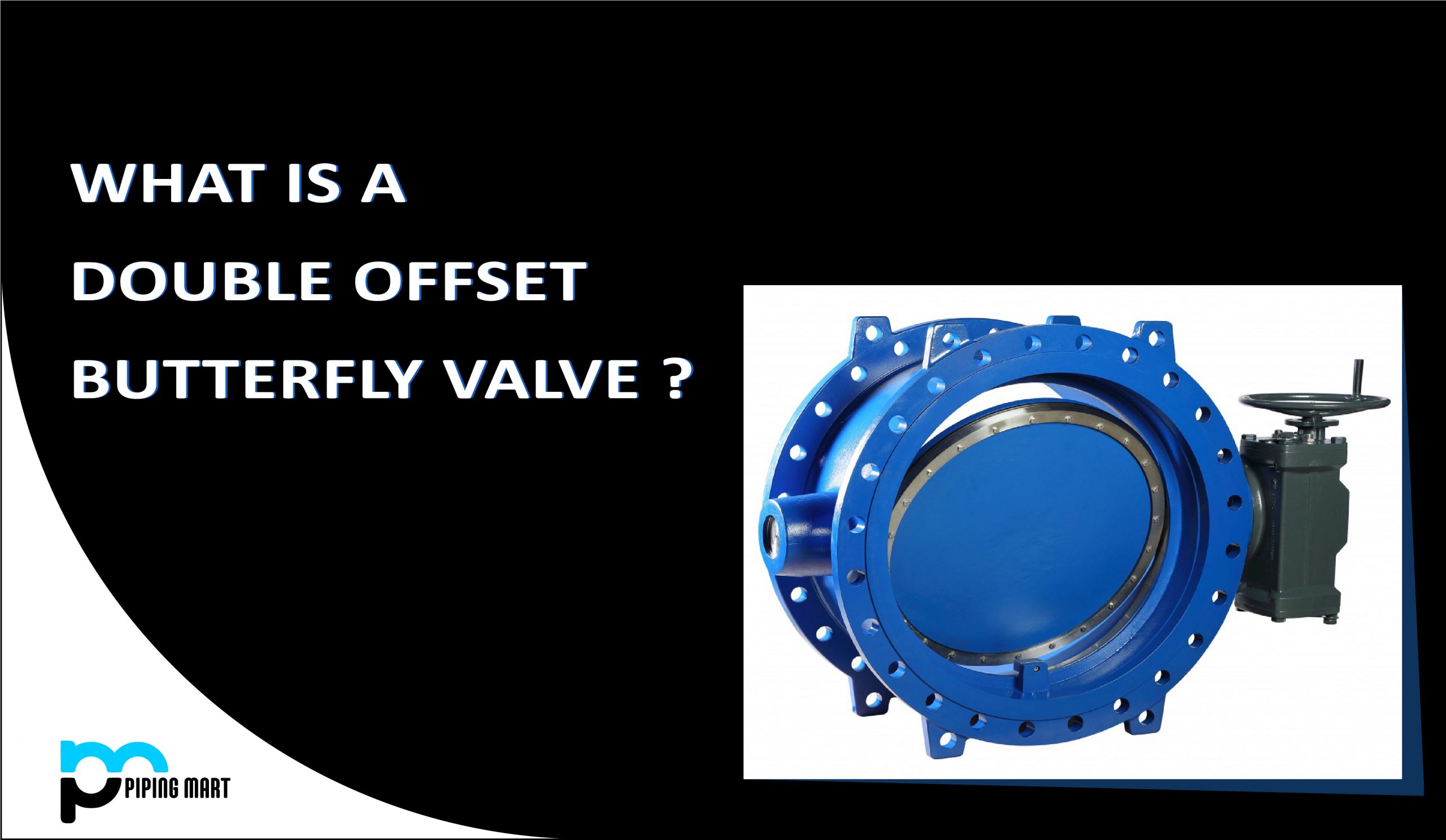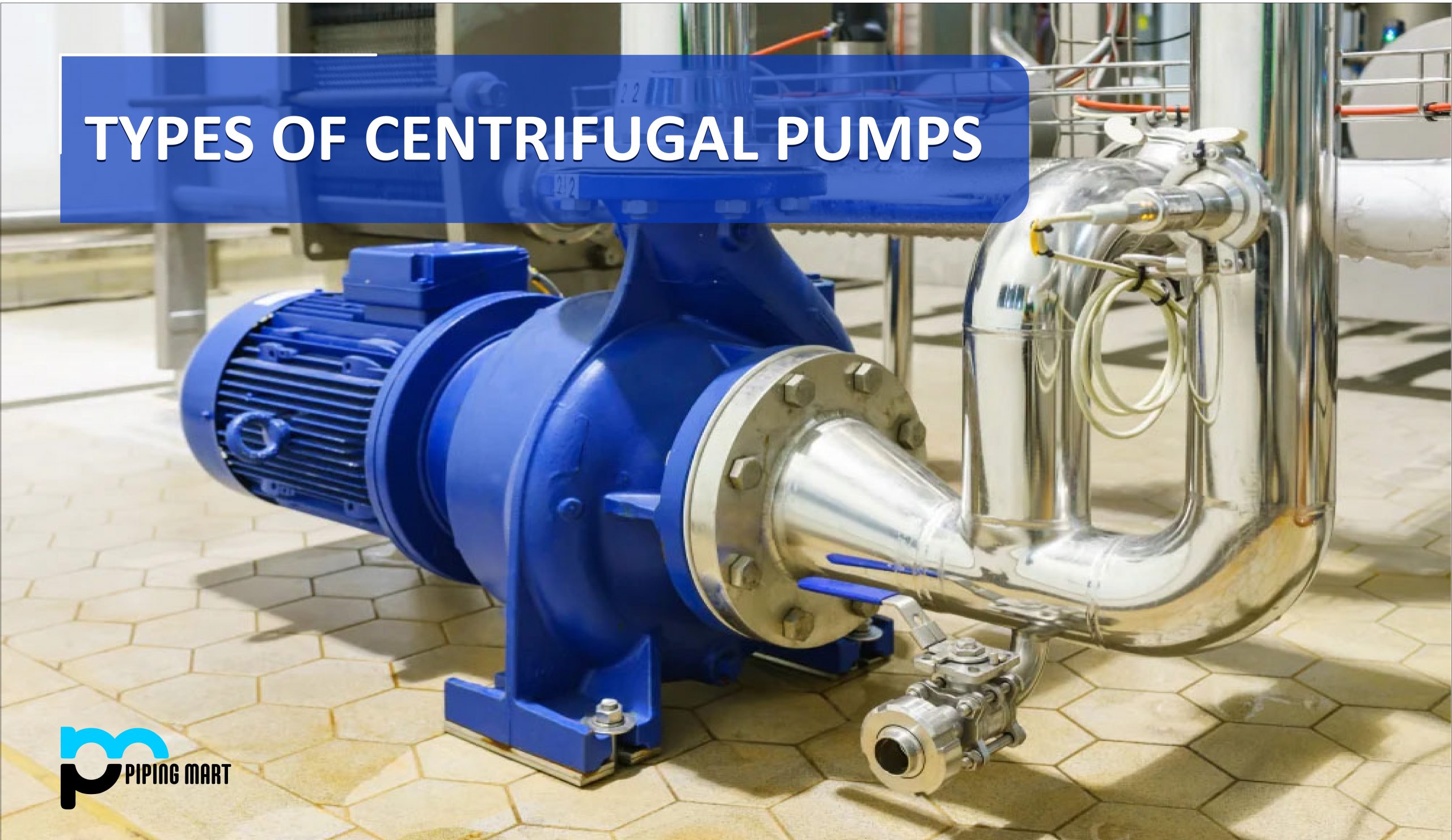Butterfly valves are a type of quarter-turn valve that works in a similar way to a ball valve. A disc is attached to a rod to form the “butterfly.” When the rod rotates the disc a quarter turn perpendicular to the flow direction, it closes. Butterfly valves are popular because of their lightweight, small installation footprint, lower costs, quick operation, and availability in very large sizes. These valves can be controlled by a variety of methods, including handles, gears, and automatic actuators. Butterfly Valves can be classified into three categories:
- Zero Offset Butterfly Valve.
- Double Offset Butterfly Valve.
- Triple Offset Butterfly Valve.
Here we will discuss Double Offset Butterfly Valve.
Double-offset valves feature have two offset stems that offer especially long life due to reduced contact between valve, discs, and seats, and are known as high-performance butterfly valves. If your operations involve high pressures and particulate fluids, this type of valve can be especially useful. Apart from triple-offset butterfly valves, they are one of the most widely available eccentric-type butterfly valves on the market. They are also known as the “elite” type of butterfly valves.
When compared to zero offset butterfly valves, double offset butterfly valves can withstand higher pressures. They’re made of Hastelloy, stainless steel, carbon steel, and other materials with ANSI Class ratings of up to 600. Their rigid Polytetrafluoroethylene (PTFE) seats (ANSI class 3000 butterfly valve) are usually made of Teflon and come in Fire Safe designs with metal seats as backups.
A two-offset disc can be used up to 1,480 psi [10 MPa] in double-offset butterfly valves. Unlike the single-offset design, the stem of the double-offset butterfly valve is located behind the disc. The second offset stem is pushed to one side from the middle of the disc in the high-performance butterfly valve. Because of the offset geometry, the disc can be rubbed over the seat with only 1° to 3° of 90° rotation. The cone profile while sealing the valve is the action of the double offset butterfly valve. The configuration of the disc and shaft offsets creates the cam action of the disc in the seat, which reduces the torque required to operate the valve.
Application of Double Offset Butterfly valves:
There are no particular applications in which it should be used. Having amazing features and properties double offset butterfly valves can be used in any application. Here are some of the highlighted ones.
- Water distribution
- Water treatment
- Wastewater
- Dams
- Power plants
- Industry
The double offset butterfly valve is generally used in:
- Pulp and paper
- HVAC
- Chemical
- Oil and gas
- Shipbuilding
There are four main types of high-performance or double offset butterfly valves based on the connection.
Wafer Type:
The wafer type of double offset butterfly valves is designed to provide a tight seal, protect against bi-directional pressure differentials, and prevent backflow in devices designed for one-way flow. This is accomplished by using a tightly fitted seal material, such as an O-ring or a precisely machined gasket, on the downstream and upstream parts of the valve, as well as a smooth valve face.
Lug Type:
In the lug body type of butterfly valve configuration, one end of the pipeline can be removed without affecting the other side of the valve. To accomplish this, threaded inserts, flanges, and two sets of lugs (bolts) without nuts can be used, with each flange having its own bolts. To inspect, clean, repair, or replace the lug butterfly valve in a Lug-type connection, you do not need to turn off the entire device.
Flanged End Type:
A flange along both ends of the flanged end type butterfly valve allows for pipe flange attachment. The large size of the butterfly valve necessitates this type of end connection.
Welded End Type:
When the system is under a lot of pressure, the welded end-type butterfly valve is used. Double offset butterfly valves are the most common application for these valves.

Pipingmart is B2B portal specializes in industrial, metal and piping products. Also, share latest information and news related to products, materials and different types grades to help business dealing in this industry.




